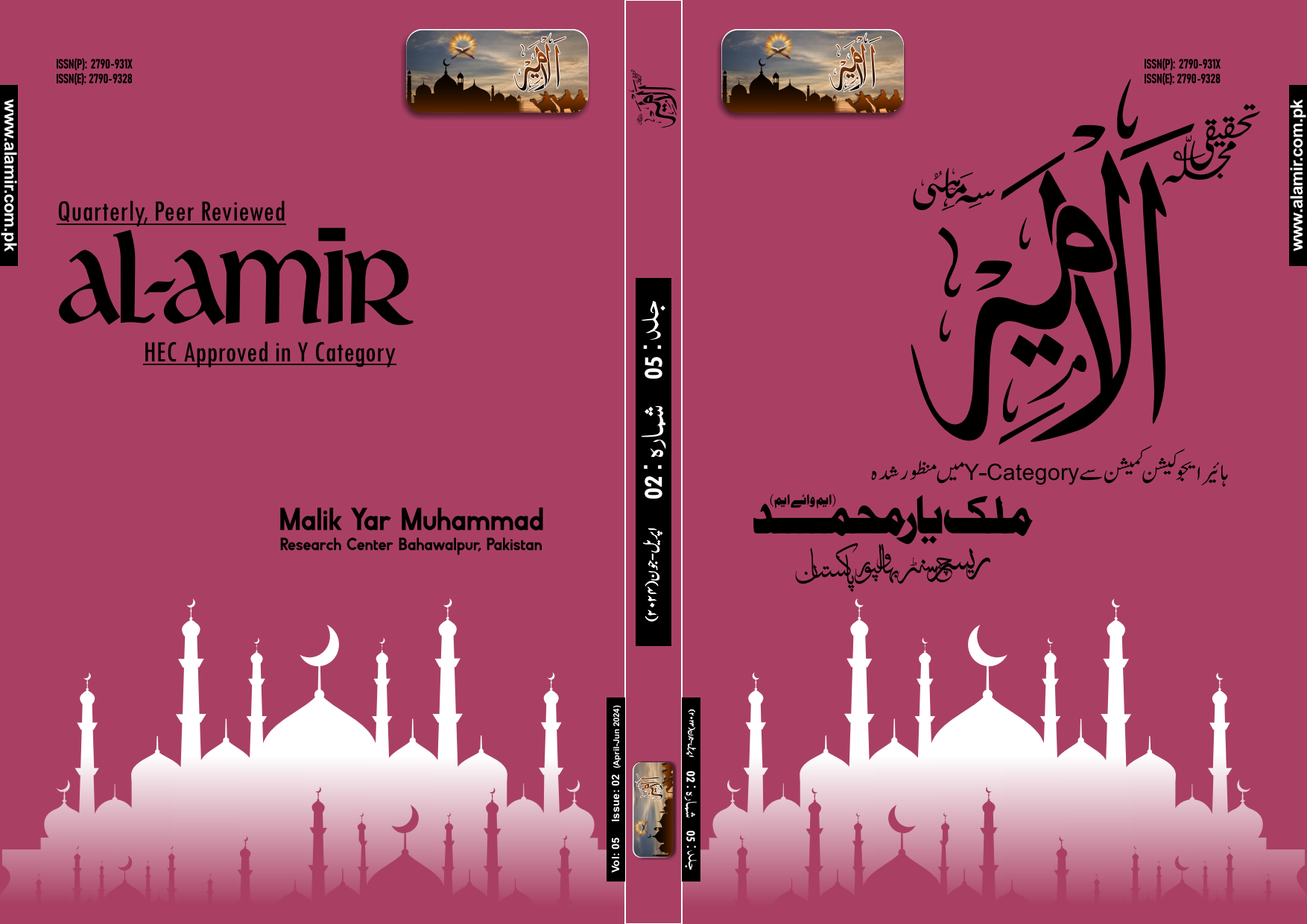Recovering the Unsaid: Analyzing Translation Strategies for Elliptical Structures in the Holy Qur'ān
Abstract
This study explores the translation strategies employed by female translators to render ellipses in the Holy Qur’ān into English. Ellipsis, the omission of one or more words that are understood from context, poses unique challenges in translation, especially between languages with different syntactic and rhetorical conventions like Arabic and English. By analyzing various translations of specific Qur’ānic verses, the study identifies the strategies used by selected translators i.e. Amatul Rahmân, Samira Ahmad, Umm Muhammad, Aisha Bewley, Tahereh Saffarzadeh and Laleh Bakhtiar. The analysis reveals variations in translation strategies, including direct addition, the use of parentheses, and omission. The findings highlight the importance of context in understanding and translating ellipses, as well as the translators' choices to either preserve the original conciseness or provide clarity for the target audience.
Keywords: Holy Qur’ān, ellipsis, translation strategies, Women Translators, English translations.
Views & Downloads Stats:
Downloads
Published
How to Cite
Issue
Section
License
Copyright (c) 2024 Dr. Abida Bokhari, Dr. Latif Ahmad

This work is licensed under a Creative Commons Attribution-ShareAlike 4.0 International License.








